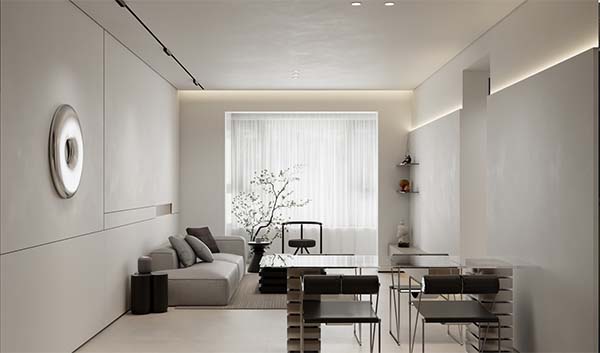The golden rule of interior design is to ensure functionality and utility with a human-centered approach, and to present subject matter, theme, emotion and mood through the language of form. The following are several key expressions of formal language and formal beauty.
1, Contrast
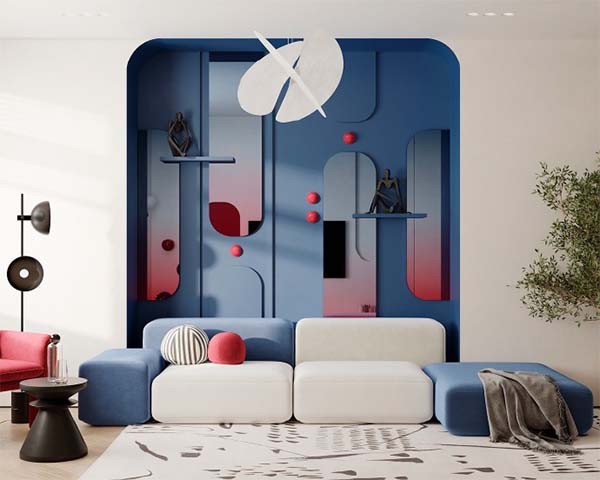
Contrast, as a basic technique of art and design, refers to the comparison of two different things, forms or colors. By placing obviously opposing elements in the same space, both opposites and harmonies, both contradictions and unity, sharp contrasts are emphasized in strong contrasts to achieve the effect of complementarity and satisfaction.
2, Harmony
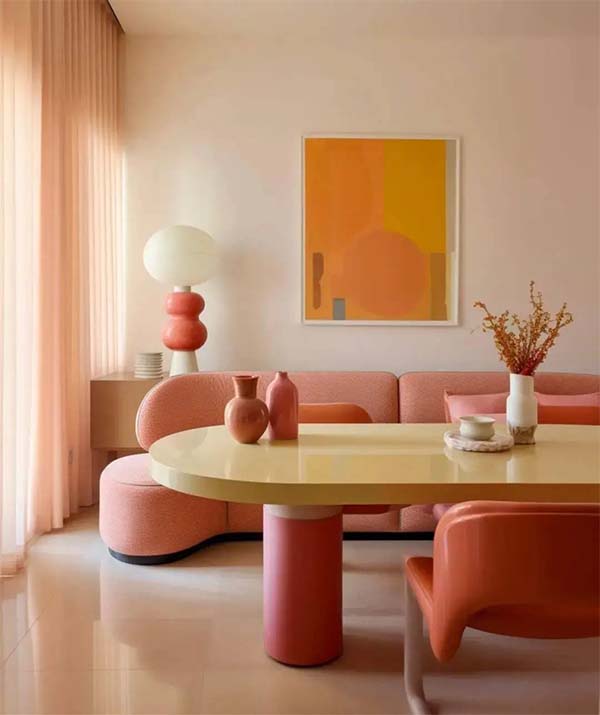
Harmony, that is, coherence. At the same time to meet the functional needs of the interior object shape, color, light and texture combination of coordination, to form a harmonious and unified whole. Harmony includes the environment and modeling, material texture, color and style of the harmony of the style.
3, Symmetry
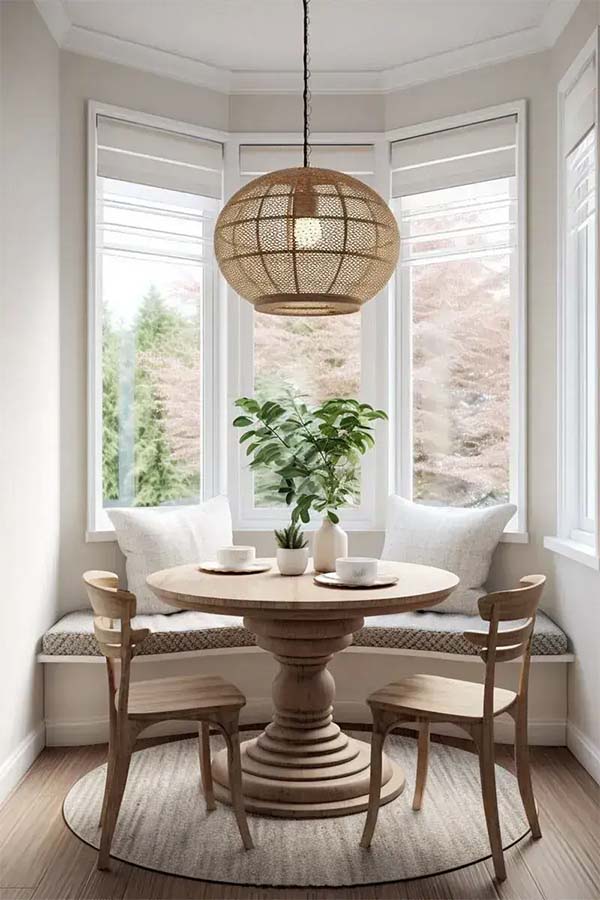
Symmetry, is the traditional technique of formal beauty, mankind has long mastered this law. It is divided into absolute symmetry and relative symmetry, giving people order, dignity, neatness and harmony of the aesthetic.
(The golden rule of interior design symmetry, so that the space is more orderly and harmonious.)
4, Balance
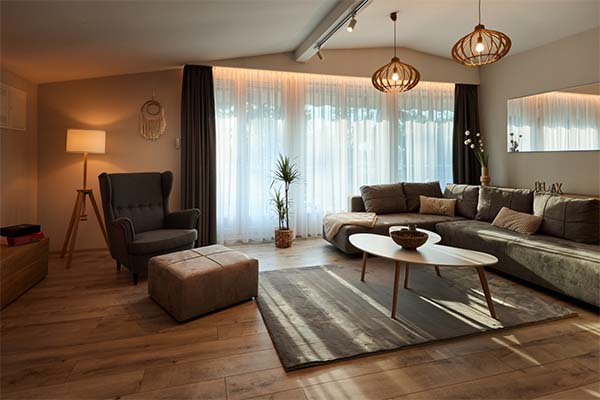
Life, such as the golden chicken standing alone, actors walking a tightrope, are embodied in the balance of force, giving people a stable visual enjoyment. Balance is based on the central axis or center point, through the unequal shape but equal amount of shape, components or color configuration. Compared with symmetry, balance is more lively, vivid, harmonious and beautiful.
5, The level
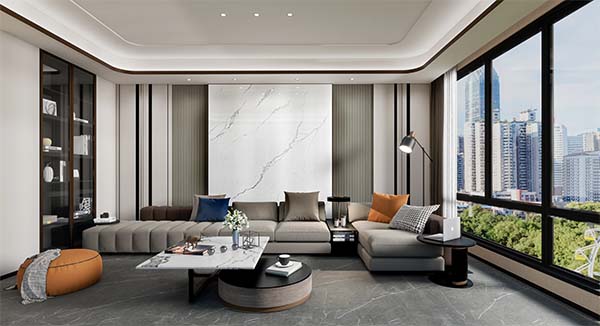
Decorative composition should be divided into levels, so that the picture has more depth and breadth. Interior design is also the pursuit of spatial hierarchy, such as color from cold to warm, brightness from light to dark, texture from complex to simple, etc., are rich in hierarchical changes, can achieve rich visual effects.
(The golden rule of interior design levels, so that the space has more depth and change.)
6, Echo
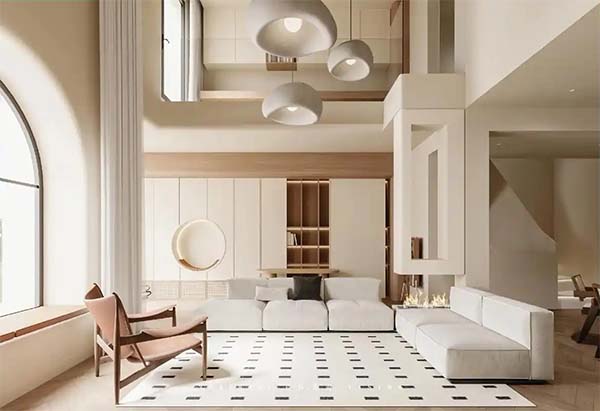
Echo as shape and shadow, in interior design, the ceiling and the ground, desktop and other parts of the use of echoing techniques, will play a corresponding role. Echo belongs to the balanced form of beauty, is commonly used in art, through the image of the corresponding, virtual and real momentum to seek artistic effect.
7, The continuation
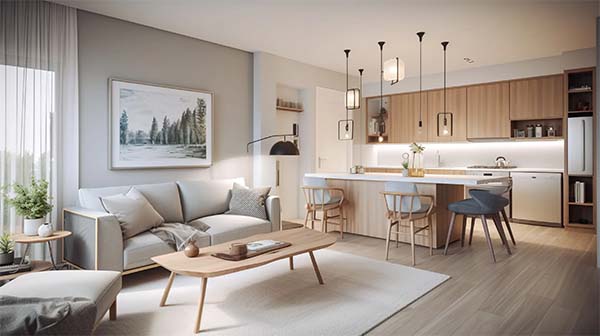
Continuity refers to the continuous extension. An image of a regular upward, downward, left or right continuous, is the continuation. This technique is used in the space, can enhance the sense of expansion of space or orientation, deepen people’s impression of the focus of the scene.
(Interior design golden rule of continuation, so that the space is more oriented and sense of expansion.)
8, Simple
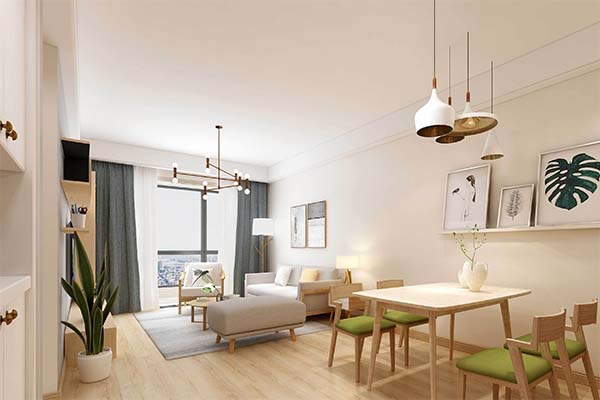
Simplicity, that is, concise, refers to the interior environment without gorgeous modifications and superfluous additions. Follow the principle of less and more precise, the interior decoration is reduced to a minimum. Simplicity is the interior design techniques worth advocating, but also in recent years the popular trend.
(The golden rule of simplicity in interior design, with less than more, to show the richness of the connotation.)
9, Unique
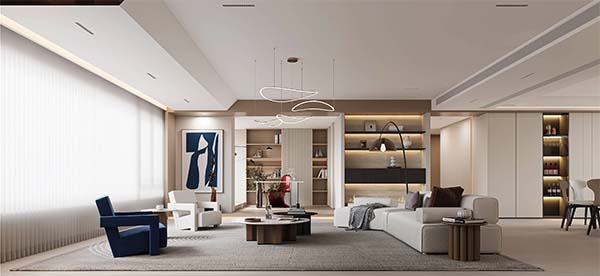
Unique, that is, special, is a breakthrough in the original rules, new and different to attract attention. Such as “a little red among the green bushes”, is the embodiment of the unique. Unique is produced in the accompaniment, is compared with each other and exist. Interior design promotes a breakthrough in the imagination to create personality and character.
(Interior design of the golden rule of unique, breakthrough, show personality charm.)
10, Color tone
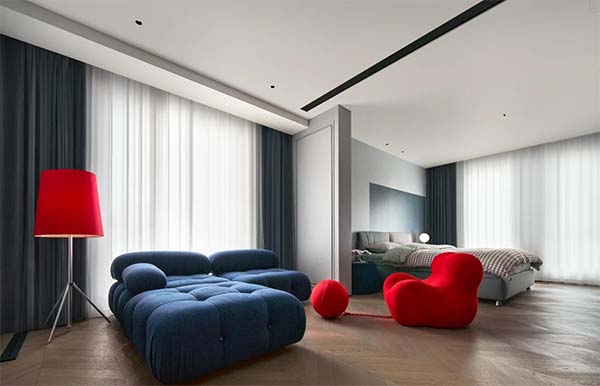
Color is an important factor in the design of plastic arts. Different colors can cause different visual feelings. Such as red, orange, yellow give people a warm feeling, is a warm color system; green, blue, green gives people a cold and quiet feeling, is a cold color system. Interior design can choose all kinds of color tone composition, such as the same tone, the same kind of tone, neighboring tone and contrast tone, according to the environment and flexible use.
(The golden rule of interior design hue, flexible use of color, to create a different atmosphere.)


